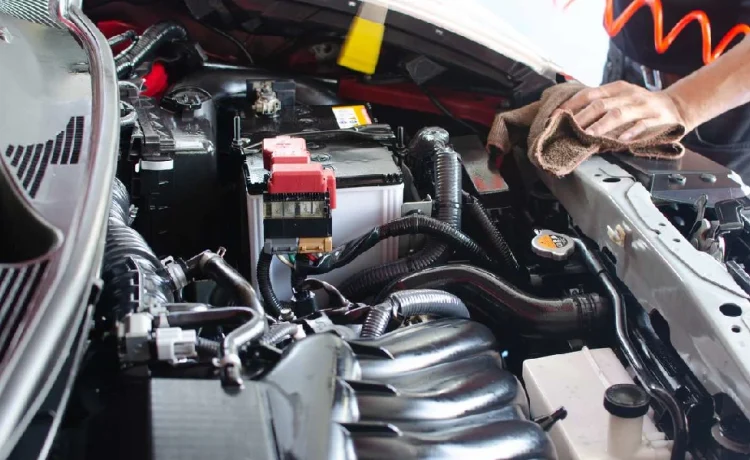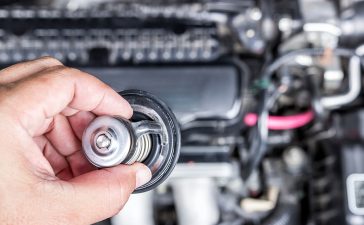Troubleshooting Common Power Lock Symptoms: A Comprehensive Guide

Power locks are a staple in modern vehicles, offering convenience and security at the touch of a button. However, like any electrical system, they can experience malfunctions. Recognizing the signs of a failing power lock system early can save you time, money, and potential security risks. It’s crucial to look beyond the simple “lock not working” scenario and delve into the nuances of system behavior. This guide will help you troubleshoot common power lock symptoms.
Beyond the Obvious: Recognizing the Subtle Signs
While a completely unresponsive power lock is the most obvious symptom, other, more subtle signs can indicate underlying problems. Pay attention to intermittent behavior, such as locks that work sometimes but not others. This could point to a loose connection, a weak solenoid, or even a failing switch. Also, listen for unusual sounds coming from the door, like a grinding or clicking noise, even if the lock seems to function. These noises often precede a complete failure. Consider if the issue affects all doors or just one. A single door malfunction is more likely related to the lock actuator or wiring in that specific door. This is where the choice of Auto Repair in Lehi, UT based service comes forth.
Electrical Gremlins: Investigating Power Issues
Power lock problems often stem from electrical issues. Check the fuse dedicated to the power locks. A blown fuse is a common culprit and easy to fix. However, if the fuse repeatedly blows, it indicates a short circuit in the system that needs further investigation. Use a multimeter to check for voltage at the power lock switch and the lock actuator. No voltage suggests a wiring problem, while low voltage can indicate a weak battery or a corroded connection. Inspect the wiring harness in the door jamb for any signs of damage, such as frayed wires or cracked insulation, as this area is subject to constant movement and wear.
The Role of the Remote and Control Module
Don’t overlook the remote key fob. Try replacing the battery in the remote. If the remote still doesn’t work, it might need reprogramming or replacement. If multiple functions controlled by the remote are failing, such as the alarm or trunk release, the problem may lie with the vehicle’s central control module or body control module (BCM). These modules manage various electronic functions, and a malfunction can affect multiple systems simultaneously. Diagnosing these module issues often requires specialized diagnostic tools.

Addressing Mechanical Issues and Seeking Professional Help
While electrical problems are common, mechanical issues can also cause power lock malfunctions. The lock actuator, a small motor that physically moves the lock, can wear out or become jammed. To test the actuator, you can often listen for its operation when the lock switch is activated. If you hear nothing, the actuator is likely faulty. If you are comfortable removing the door panel, you can inspect the actuator and linkage for any obstructions. However, if you’re unsure about working with electrical systems or mechanical components, it’s always best to consult a qualified mechanic. They have the tools and expertise to diagnose and repair complex power lock problems efficiently, ensuring the long-term functionality and security of your vehicle.
You Might Also Like
How AC Repairs Restore Comfort After a System Failure – Bringing Back Reliable Cooling After a Breakdown
A car without a working AC system can be very uncomfortable. When the cooling system fails, driving becomes stressful especially...
Exploring Luxury and Power with the Chevrolet Corvette Stingray
The Corvette Stingray mixes new ideas with what has made it great for years. It gives you a driving feel...
Stop Fuel Gelling Before It Starts With the Right Diesel Additive
If you’ve worked with diesel engines long enough, you know two things. One, cutting corners on fuel quality costs you...
Thermostat Troubles: The Small Part That Can Break Your Car’s AC
A working car AC makes every drive better. It keeps you cool on long sunny roads. It helps clear fog...









